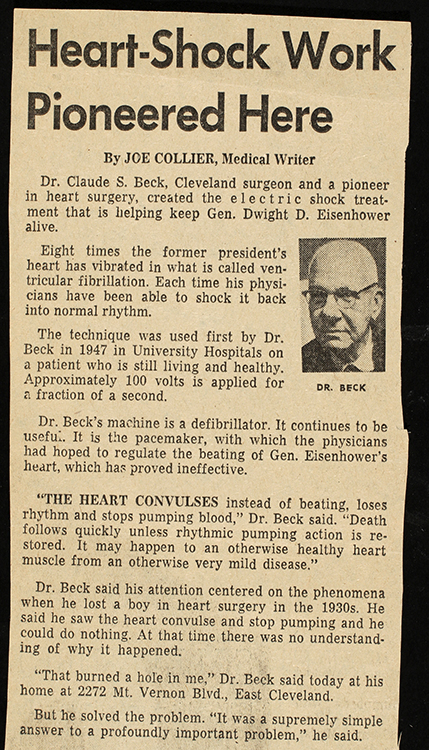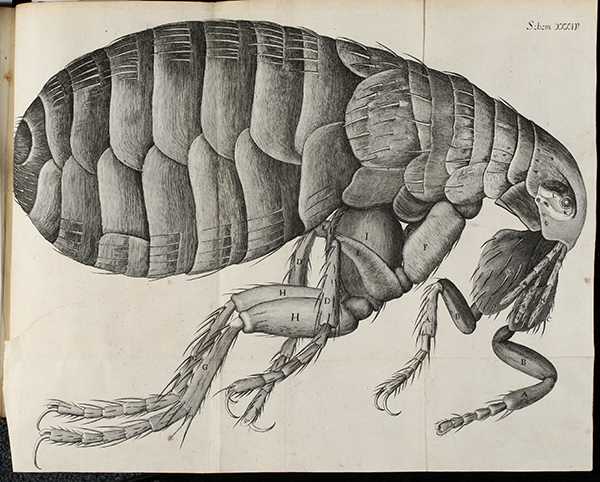Today we want to talk about Juno in celebration of #WomensHistoryMonth!
We have written before about our wonderful "greeter," Juno, the transparent anatomical model. She has become a mainstay here, but Juno is a well-traveled woman! In the 1920s, the Deutsches-Hygiene-Museum in Dresden, Germany, created a fully operable model of the human body, depicting “the human body as a machine.” Despite becoming part of East Germany after WWII, the museum continued to make these models and some of the employees managed to leave East for West, helping to create the Köln Krankenhaus Museum. It was here that Juno was "born";...
Blog
Once again the New York Academy of Medicine has brought us the #ColorOurCollections! From February 6th though 10th, libraries, special collections, archives, and other cultural institutions are sharing coloring content based on collection items. You can view a list of participating institutions here, but for a taste of medical history, including anatomy, dissection, flora, and even early smelting techniques (hey, you have to make medical tools somehow), download the Dittrick Coloring Book!
Better yet, post your creations to Instagram and show off your skill! We may just feature your work on the blog!
HAPPY COLORING!
America’s Number One Killer?
Heart attack, or cardiac arrest, became a leading cause of death after the turn of the century. People had always suffered from cardiac problems, but they usually died from other causes, especially infectious diseases, long before reaching the age when heart problems threatened their well being. As medicine advanced and people lived longer, heart disease became a serious health issue. Today, of course, we think of it as one of the United States' top "killers"--and most are familiar with defibrillation “paddles” and the command “Clear!” But did you know that the defibrillator began here in Cleveland?...
When Dutch spectacle-makers first crafted the microscope around 1600, they revealed a hidden world of tiny organisms! Who could imagine such monsters lived out of sight? But the early microscope only offered low magnification and blurry images; it would take improvements by Robert Hook to turn a novelty enjoyed for its curious revelations into a serious scientific tool.
Who Was Robert Hooke?
English philosopher Robert Hooke’ published Micrographia: in 1665 and brought microscopy into public view in sensational fashion. The profusely illustrated book ranged widely from the construction of microscopes themselves, to the spectrum of color, the crystal structure of objects,...



